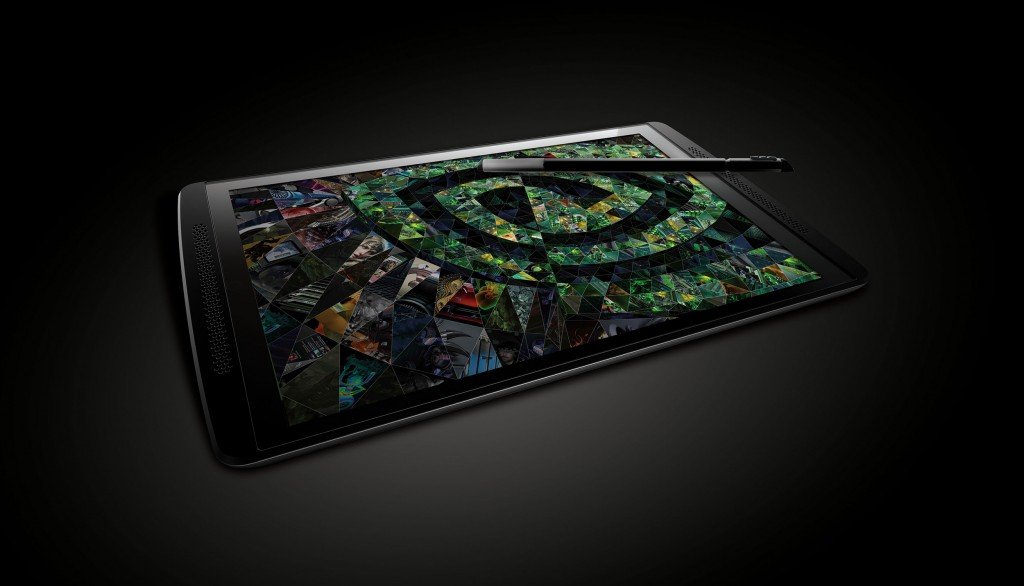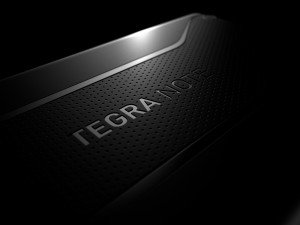Appearance
In terms of its size, it is slightly larger and heavier than its primary competition, the Google Nexus 7 and Amazon Fire HDX 7-inch. The size isn’t a huge deal other than the thickness which can be either good or bad depending on how you intend to hold the tablet. The weight is where much of the issues is as this is noticeably heavier.
The Display
As the Tegra Note 7 is being marketed towards those looking to use an Android tablet for gaming, you figure that the display would be one of the critical features. Sadly, the decision was made to have a 7-inch screen with a lower 1280×800 display resolution. This puts it significantly behind than either the Nexus 7 or Fire HDX. The result is a screen that doesn’t show as much detail. I suspect that the decision for the lower resolution screen was to keep it standard with the NVIDIA SHIELD gaming device and to ensure that there would be extremely smooth frame rates. At least it still uses the IPS technology that gives it wide viewing angles and excellent color.
One difference with the Tegra Note 7 is that it does feature an HDMI port for connecting up to an external monitor. This is something that is not available with its primary competitors and might be something that some gamers would want in order to get the increased detail levels for a full 1080p HDTV. The drawback is that the key is portable gaming and most gamers will probably not be getting this device to use on a TV compared to say a console or traditional PC.
DirectStylus
One feature that is unique to the Tegra Note 7 that most of the tablets do not feature is an included stylus. Now this stylus does not offer as much functionality as some other tablets like the Galaxy Note series. This is because it is a passive stylus. Now NVIDIA did some tweaking here such that it does offer some features one would see from an active stylus. It may not have the same level of detail but it is a nice compromise especially for such an affordable tablet.
Cameras
There are some good and bad aspects to the cameras featured in the Tegra Note 7. The hardware aspects are the downfall of the overall experience. The front facing camera is a very low VGA resolution that is suitable for casual video chats but lacks color and detail. The rear camera is your typical 5.0 megapixel offering but the color and low light imaging are definitely below average when it comes to the results.
What is good about the Tegra Note 7 is that it features the debut of Camera Awesome application on Android that gives much more flexibility than your stock Android camera app. Even its increased abilities aren’t able to fully make up for the lackluster imaging hardware that was included with the tablet.
Battery Life
Everyone expects that battery life to be somewhat variable depending upon what the device is used for. Your typical testing is based around video playback loops as this is a common use for a tablet that is easy to replicate across devices. Most of the tablets seem to offer between eight and ten hours with such use and the Tegra Note 7 seems to be in line with that. Gamers of course should not expect such running times. This is true for just about any tablet as gaming uses much more power than video playback. Expect around four to six hours of gaming on the tablet depending upon the intensity of the graphics and processing required for the games.
Final Words
NVIDIA tried to do something different with their Tegra Note 7 tablet and in some ways succeeds while failing at others. Interestingly, the best features are those more general purpose ones such as the stylus and including a microSD card slot that many other smaller tablets lack. The key market that it was aiming for though ends up being one of its failures. Gamers want those high resolution displays and the competition just offers more detailed screens for just a bit more cost while being thinner and lighter. Sure, the performance is a bit less than the Tegra 4 but in most cases, this does not seem to impact the gameplay of what is available on the Android apps.


